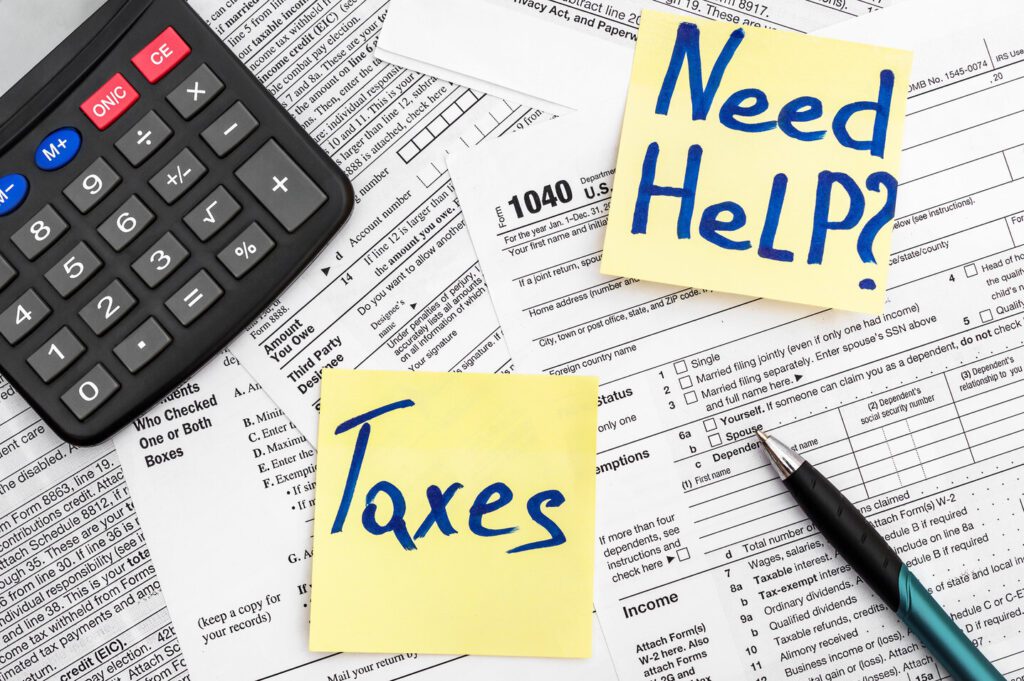In recent years, the reliance on food banks in Canada has surged dramatically, reflecting broader economic challenges faced by individuals and families nationwide. Food bank usage in Canada has reached unprecedented levels, and in March 2024, food banks across the country reported over 2 million visits according to Global News. This marks a staggering 90% increase since 5 years ago in March 2019. This surge is attributed to factors like rising inflation, housing costs, and inadequate social support systems. Notably, one-third of these visits involved children, highlighting the growing strain on families. This growing demand highlights the pressing need for solutions to address food insecurity and its underlying causes. Here’s what you need to know about the rise of food bank usage in Canada, how it impacts communities across the country, and how Spergel can help if you are finding yourself reliant on food banks.
Why are food banks in Canada experiencing higher demand?
It’s no secret that the demand for food banks in Canada has surged in recent years – but why? Here are the primary reasons for the growing demand:
- Rising cost of living
Inflation has driven up the cost of basic necessities, including housing, utilities, and groceries. Grocery costs alone have increased by over 22% since May 2020, leaving many Canadians struggling to afford meals. - Wage stagnation and job insecurity
While employment rates have rebounded in some sectors post-pandemic, wage growth has not kept pace with inflation. Many workers, particularly those in part-time or low-wage jobs, are unable to cover basic expenses. Job loss is also a concern for many Canadians, driving many to use food banks. - The impact of debt
Household debt in Canada has reached record levels, and Canada now has the highest household debt to disposable income ratio in the G7. As a result, many individuals are now prioritizing rent or mortgage payments over food. Rising interest rates further exacerbate this financial strain. - Economic disparities
Vulnerable populations, such as single-parent households, seniors, Indigenous communities, and newcomers to Canada, are disproportionately affected by food insecurity and are more likely to rely on food banks.
The role of food banks in Canadian communities
Food banks provide a vital safety net for millions of Canadians. They not only offer access to food but often connect individuals with additional resources like financial literacy programs and employment services. Despite their critical role, food banks are under immense pressure to meet rising demand.
- Alarming statistics
In March 2024, over 2 million visits were made to food banks across Canada, a 90% increase since March 2019. Of these, nearly one-third involved children. - Challenges for food banks
Many food banks are underfunded and struggle to keep up with the growing number of clients. Donations, both monetary and in-kind, are often insufficient to meet the demand. - Call for support
Food banks emphasize the need for systemic changes, including better social support systems and affordable housing, to reduce reliance on their services.
How Spergel can help Canadians facing financial strain
For those reliant on food banks due to financial hardships, addressing the root cause of their money struggles is crucial. This is where Spergel can provide valuable support:
Debt relief solutions
If you’re struggling to manage debt while also covering essential expenses, Spergel offers personalized debt relief programs, including consumer proposals and bankruptcy services. A consumer proposal is a federally regulated bankruptcy alternative that can reduce your debt by up to 80% while enabling you to keep your assets. Bankruptcy, on the other hand, is ideal for those in need of a fresh financial future as it clears all of your unsecured debts. These solutions can help reduce your monthly financial burden, leaving more room for necessities like food and utilities.
Budgeting and financial guidance
Spergel’s expert Licensed Insolvency Trustees work with individuals to create sustainable financial plans and budgets, helping clients regain control over their finances and reduce reliance on external assistance. Licensed Insolvency Trustees are the only professionals in Canada legally able to file all forms of debt relief, making them excellently positioned to review your financial circumstances and advise you on the best steps to take.
Rebuilding financial stability
By addressing debt and providing tools for long-term financial health, Spergel helps Canadians transition from crisis management to financial independence.
The growing demand for food banks in Canada: FAQs
Here are some of the most commonly asked questions we receive about the use of food banks in Canada:
How many food banks are there in Canada?
Canada is home to a network of 770 food banks affiliated with Food Banks Canada, which serves as a central organization supporting these facilities nationwide. The number of visits to food banks has reached record levels, with over 2 million visits recorded in March 2024 alone, marking the highest ever in a single month. This reflects a 90% increase in usage since 2019, highlighting the growing demand for food assistance amidst rising food and housing costs.
How do you qualify for a food bank in Canada?
To qualify for food bank services in Canada, individuals generally need to demonstrate financial need. This often involves filling out an intake form and providing identification, proof of address, and details about income, expenses, and household size. While some food banks may have specific eligibility criteria, they aim to support anyone facing food insecurity, making access as inclusive as possible. Many do not require detailed proof of income, and services are offered free of charge to those who need them. Food banks typically provide a few days’ worth of food supplies, and the frequency of use may vary depending on the organization. Some food banks also offer additional services like referrals to social programs and nutritional guidance.
Who is using food banks in Canada?
Food bank usage in Canada reveals diverse demographics, reflecting widespread economic hardship. According to Food Banks Canada, renters, racialized communities, individuals with disabilities, newcomers, seniors, and families with children are the primary users of food banks. In 2024, children made up about one-third of all food bank clients, highlighting the vulnerability of young Canadians. Alarmingly, nearly one in five food bank users were employed but still unable to meet basic needs due to rising costs of living and insufficient income. This data underscores the systemic nature of food insecurity, affecting a wide spectrum of Canadians across various income levels and life situations.
Is there food assistance in Canada?
Yes, food assistance is available across Canada through a variety of programs, with food banks being one of the primary sources of emergency support. In addition to food banks, there are several government programs that help low-income individuals and families access food:
- Government Assistance Programs
Programs such as Canada Child Benefit (CCB), Social Assistance (also called welfare), and GST/HST credits are designed to help lower-income Canadians cover essential costs, including food. Provinces and territories offer additional social support programs tailored to local needs. - Community-Based Food Programs
Beyond food banks, many communities have meal programs and community kitchens, where individuals can access free or low-cost meals. Local churches, non-profits, and charities also often run food programs that supplement food bank services. - School Nutrition Programs
In some provinces, school-based meal programs provide students with nutritious meals during the school day, especially in underfunded areas. These programs aim to reduce child hunger and improve educational outcomes. - Emergency Food Assistance
Organizations like Food Banks Canada and other regional food networks also support direct emergency food assistance, delivering food to those in need through various local partners. You can visit the websites of organizations like Food Banks Canada or local government services for more localized resources.
While food banks are an essential resource for those in immediate need, systemic solutions are required to address the root causes of food insecurity in Canada. This includes advocating for affordable housing, living wages, and robust social support systems. For individuals struggling with debt, seeking professional help from organizations like Spergel can be a vital step toward regaining financial stability.
If you or someone you know is facing financial challenges or is reliant on food banks in Canada, book a free, no-obligation consultation with one of our expert Licensed Insolvency Trustees to explore your options and take the first step toward a more secure future.


















